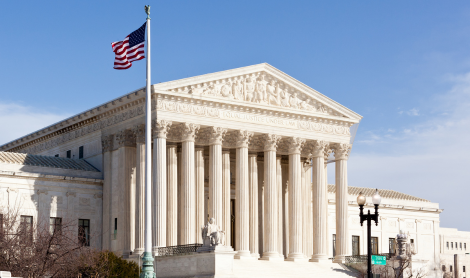Some important, really important, stakeholders are notably absent from a piece on the history of charter schools in Wednesday’s Washington Post.
The author places teacher unions in opposition to education reformers and policymakers who “hijacked their vision” for what charter schools were meant to be, ultimately concluding that “[i]t may finally be time we listen to what teachers have to say” when it comes to charter schools.
It’s a handy narrative, but one that doesn’t include families and communities.
In the author’s telling, charter schools were a pathway for “teachers controlling reforms and enacting ideas based on their own volition, research, and professional understanding.” Educators, and educators alone, know best what families and communities need. Teachers have certainly been a key part of the charter school movement, including in starting innovative schools.
But what about the families unhappy with the quality of district schools in their neighborhood? Or those with specific educational demands, like dual-immersion or inquiry-based models, that aren’t available through the district? Or the community group tired of seeing its children not well served? In the author’s telling, there is no room for these voices.
The charter school sector, including authorizers, can certainly do better to center communities, and NACSA is leading the way to do so. But in many ways charter schools are uniquely positioned to reflect the community. Many charter schools develop right from the community they serve, stemming from an identified community need or building out of the community’s assets, such as a strong community services organization. Charter schools, with their operational autonomy, are also better poised to respond and quickly adapt to the needs of the community (just look at how charter schools responded to the COVID pandemic compared to many districts).
Public education excels when families and communities are placed front and center. Despite what the author would have you believe, charter schools have always known this, and continue to lead the way in building with communities.


